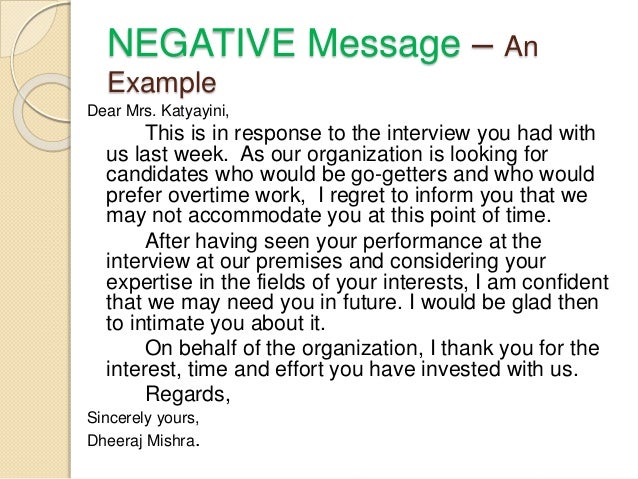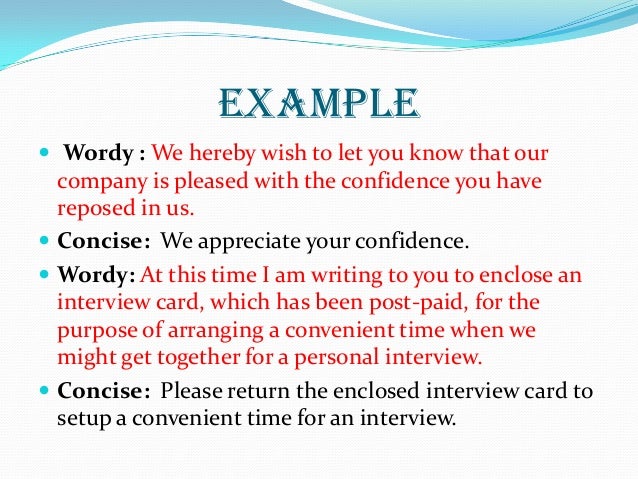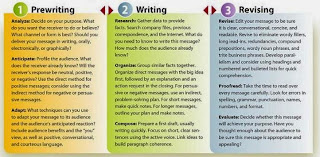Chapter 3 - Intercultural Communication
In this chapter, I will discuss the three significant trends that have increased the importance of intercultural communications, cultural characteristics, the ways in achieving intercultural proficiency, techniques for improving nonverbal and oral communication in intercultural settings, for improving written messages to intercultural audiences.
Three significant trends that have increased the importance of intercultural communication:
a. The globalization of markets
People need to do adapt to other culture in order to be successful because intercultural communication absolutely happens in work environment. Therefore, it is necessary to have intercultural communication skill.
b. Technological advancements
In this globalization era, the internet and the Web play a great role in changing the way people live, the way people do business, and the way people communicate. These advancements have made markets and jobs more accessible since the internet permits instantaneous oral and written communication across time zone and continents. For example, managers in Miami can use high-speed data systems to swap marketing plans instantly with their counterparts in Milan.
c. Intercultural workforce
Because of the prospects of prosperity and education, people are moving to countries that can change their life or fulfill their dream. The research showed that companies need to work together to strengthen the development of intercultural skills in the workplace to meet the growing globalization. Intercultural skills are important to companies for several reasons.
Five noteworthy cultural characteristics :
Culture is learned
Cultures are inherently logical
Culture is the basis of self-identity and community
Culture combines the Visible and Invisible
Culture is dynamic
Achieving intercultural proficiency :
Avoiding ethnocentrism, Ethnocentrism is the belief in the superiority of one’s own race. For example, if you were raised in North America, many of the dimensions of culture probably seem right to you.
Showing tolerance, and keeping patience ; Accepting cultural differences and adapting to them with tolerance results in a harmonious compromise.
Apply techniques for improving nonverbal and oral communication in intercultural settings :
Nonverbal communication, Nonverbal communication includes eye contact, facial expression, posture, and gesture. Nonverbal skills are more difficult to learn because every culture of a country differs. For example, in Western cultures, silence gives negative impressions, specifically shows rejection, unhappiness, and depression. In contrast, for Japanese, silence means respect and wisdom. Therefore, as we want to to achieve nonverbal competence, we can become more aware of our nonverbal behaviors and their meaning.
Oral communication, English is the language used to run business when we are in intercultural environment. However, the level of proficiency may be limited among non native speakers of English. There is an assumption that people who speak English always understand what is being said. This assumption is crucial because what we think can be actually the opposite; their comprehension is superficial. Therefore, there are some suggestions in using English as a second language. I will only discuss 4 out of 10 suggestions:
1. Learn foreign phrases
If we learn greetings and a few phrases, foreign nationals will appreciate it.
2. Use simple English
Speak in short sentences with familiar words.
For example, use “old” instead of “obsolete”
And use “rich” instead of “luxurious”
3. Encourage accurate feedback
We need to encourage the listener to paraphrase what we say. Do not assume a yes, a nod, a smile shows comprehension.
4. Smile when appropriate
According to Roger Axtell, smile is the most useful form of communication. However, in some cultures, excessive may seem insincere.
Workforce diversity can provides both benefits and challenges in the aspect of consumers, work teams, and business organizations.
1. Consumers
The challenge found in consumers is an ability to read trends and respond to the increasingly diverse customer in local and world markets.
The benefit of knowing the trend is the consumers will be satisfied because
2. Work teams
Team members with different backgrounds may come up with more creative and effective problem-solving techniques than homogeneous team.
3. Business organizations
Having diversity in business organizations may improve employee relationships and increase productivity.
But, developing a diverse staff that can work together cooperatively is one of the
biggest challenges in facing business organization.







